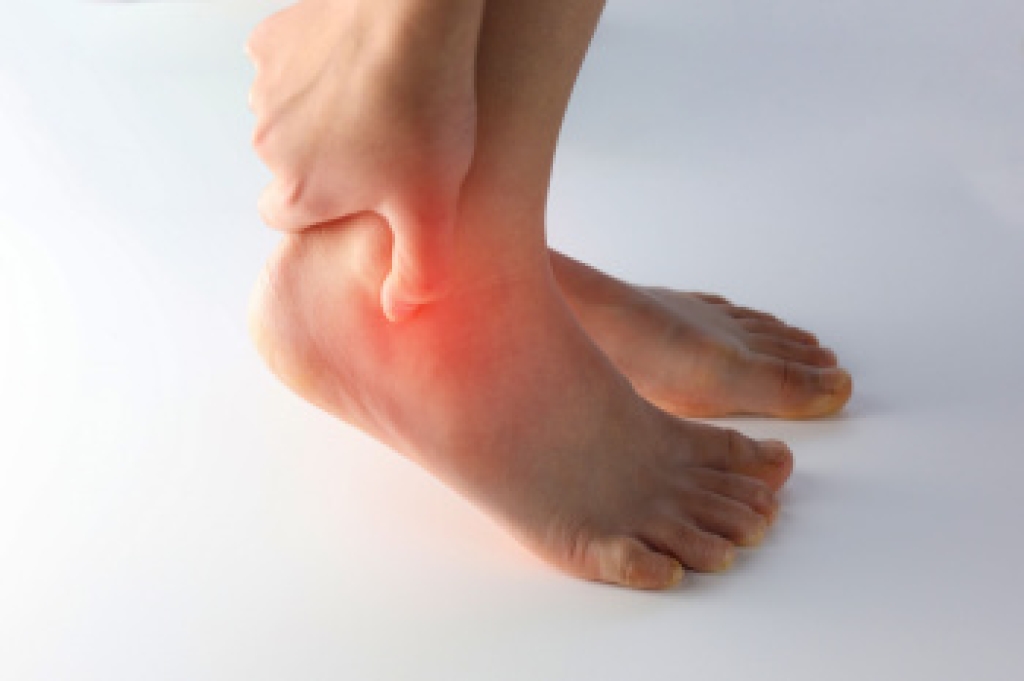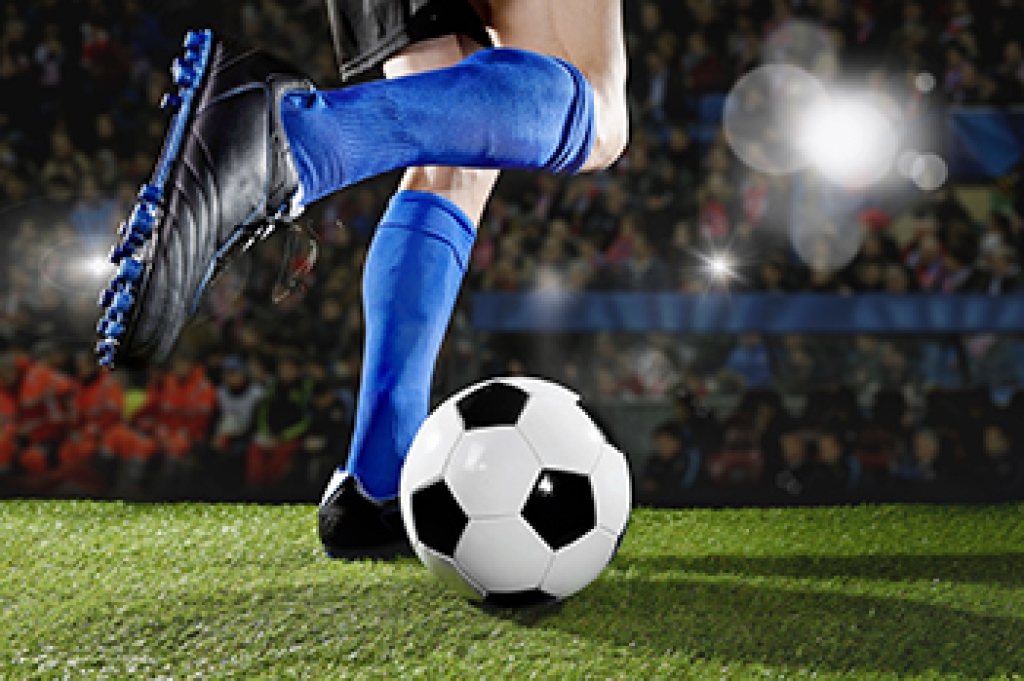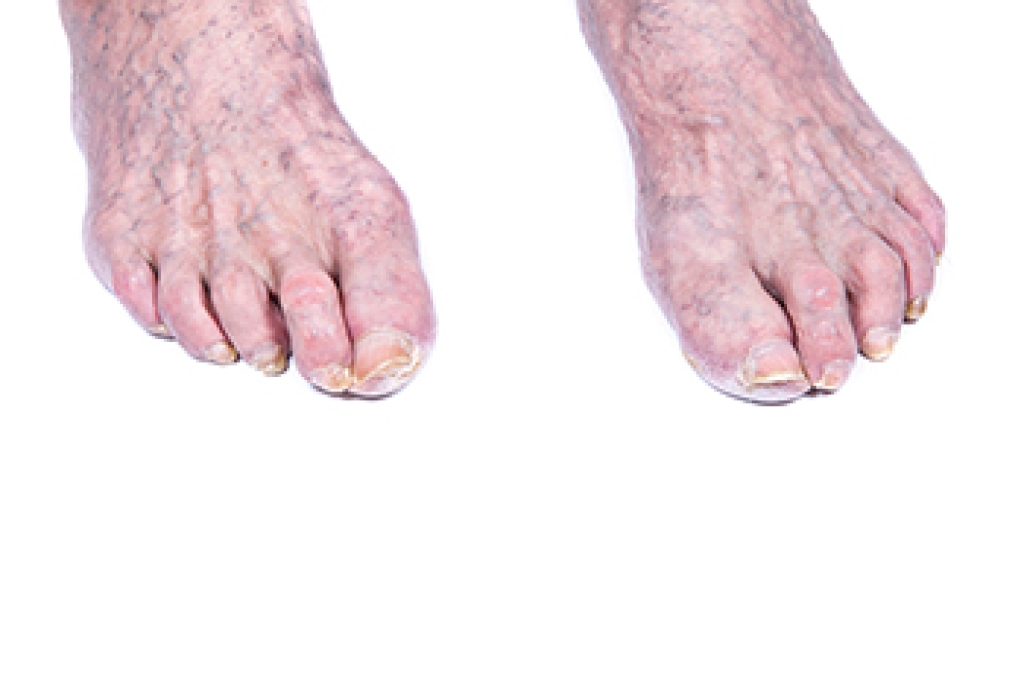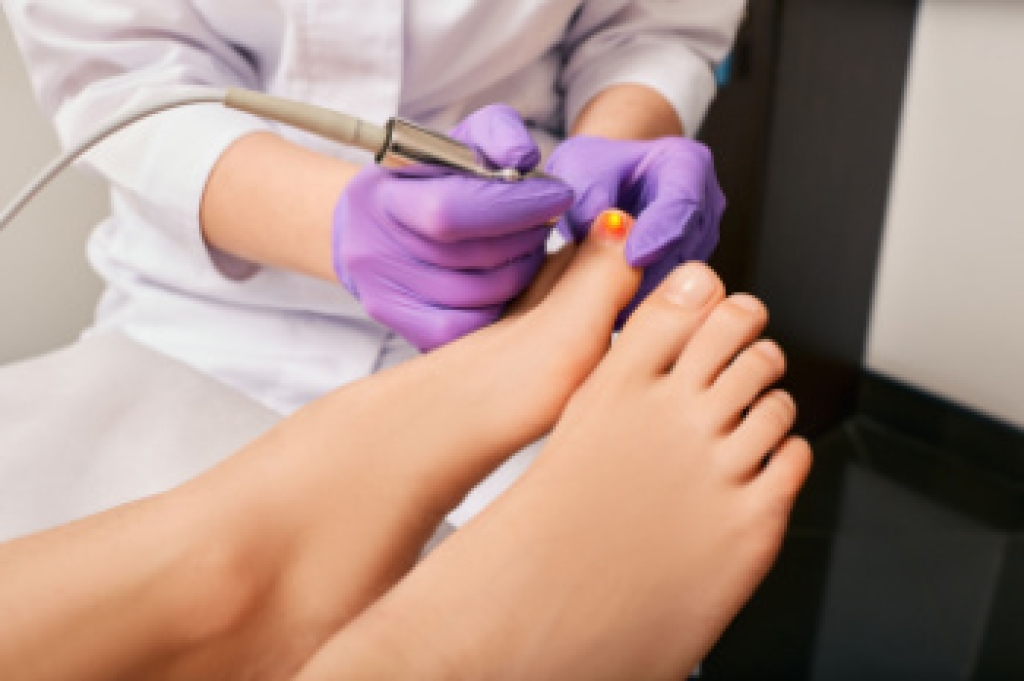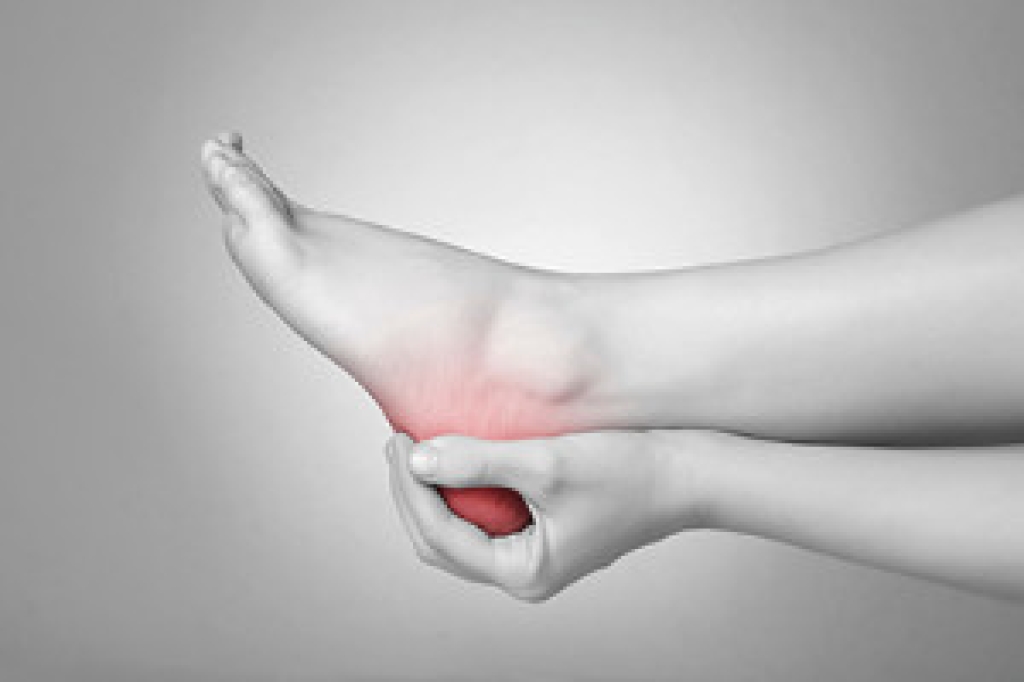
Heel fat pad syndrome, also known as fat pad atrophy, occurs when the natural cushioning under the heel shrinks or loses its elasticity. It leads to reduced shock absorption and increased heel pain. The degeneration of the heel fat pad often results from prolonged pressure or repetitive high-impact activities, such as running or jumping. Heel fat pad atrophy is commonly mistaken for plantar fasciitis, though each condition has distinct causes and treatments. Age, obesity, and certain medical conditions can increase the risk, as these factors contribute to fat pad thinning and weakened tissue integrity. Biomechanical issues, like improper arch alignment or gait imbalance, also can place undue strain on the heel pad. A podiatrist can conduct a thorough exam, which may include digital imaging to confirm the diagnosis and evaluate the extent of fat pad thinning. Treatment often includes custom orthotics and tailored exercises to strengthen foot mechanics and redistribute pressure on the heel. If you have constant or recurring heel pain, it is suggested that you make an appointment with a podiatrist for an exam and treatment.
Many people suffer from bouts of heel pain. For more information, contact Pedram Aslmand, DPM of Advanced Foot and Ankle Center. Our podiatrist can provide the care you need to keep you pain-free and on your feet.
Causes of Heel Pain
Heel pain is often associated with plantar fasciitis. The plantar fascia is a band of tissues that extends along the bottom of the foot. A rip or tear in this ligament can cause inflammation of the tissue.
Achilles tendonitis is another cause of heel pain. Inflammation of the Achilles tendon will cause pain from fractures and muscle tearing. Lack of flexibility is also another symptom.
Heel spurs are another cause of pain. When the tissues of the plantar fascia undergo a great deal of stress, it can lead to ligament separation from the heel bone, causing heel spurs.
Why Might Heel Pain Occur?
- Wearing ill-fitting shoes
- Wearing non-supportive shoes
- Weight change
- Excessive running
Treatments
Heel pain should be treated as soon as possible for immediate results. Keeping your feet in a stress-free environment will help. If you suffer from Achilles tendonitis or plantar fasciitis, applying ice will reduce the swelling. Stretching before an exercise like running will help the muscles. Using all these tips will help make heel pain a condition of the past.
If you have any questions, please feel free to contact our offices located in Long Beach, CA . We offer the newest diagnostic and treatment technologies for all your foot care needs.
